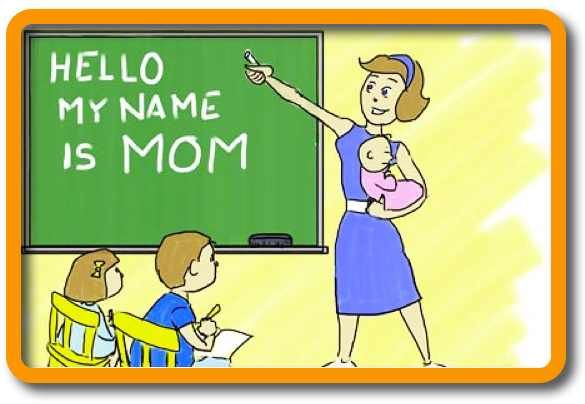 Maryland Governor Larry Hogan recently signed an executive order forbidding Maryland public schools from beginning classes before Labor Day. Governor Hogan’s executive order benefits businesses in Maryland’s coastal areas that lose school-aged summer employees and business from Maryland families when schools start in August. However, as Governor Hogan’s critics have pointed out, some Maryland school districts, as well as Maryland schoolchildren, benefit from an earlier start to the school year.
Maryland Governor Larry Hogan recently signed an executive order forbidding Maryland public schools from beginning classes before Labor Day. Governor Hogan’s executive order benefits businesses in Maryland’s coastal areas that lose school-aged summer employees and business from Maryland families when schools start in August. However, as Governor Hogan’s critics have pointed out, some Maryland school districts, as well as Maryland schoolchildren, benefit from an earlier start to the school year.
Governor Hogan’s executive order is the latest example of how centralized government control of education leaves many students behind. A centrally planned education system can no more meet the unique needs of every child than a centrally planned economic system can meet the unique needs of every worker and consumer.
Centralizing education at the state or, worse, federal level inevitably leads to political conflicts over issues ranging from whether students should be allowed to pray on school grounds, to what should be the curriculum, to what food should be served in the cafeteria, to who should be allowed to use which bathroom.
The centralization and politicization of education is rooted in the idea that education is a right that must be provided by the government, instead of a good that individuals should obtain in the market. Separating school from state would empower parents to find an education system that meets the needs of their children instead of using the political process to force their idea of a good education on all children.
While many politicians praise local and parental control of education, the fact is both major parties embrace federal control of education. The two sides only differ on the details. Liberals who oppose the testing mandates of No Child Left Behind enthusiastically backed President Clinton’s national testing proposals. They also back the Obama administration’s expansion of federal interference in the classroom via Common Core.
Continue reading here.
